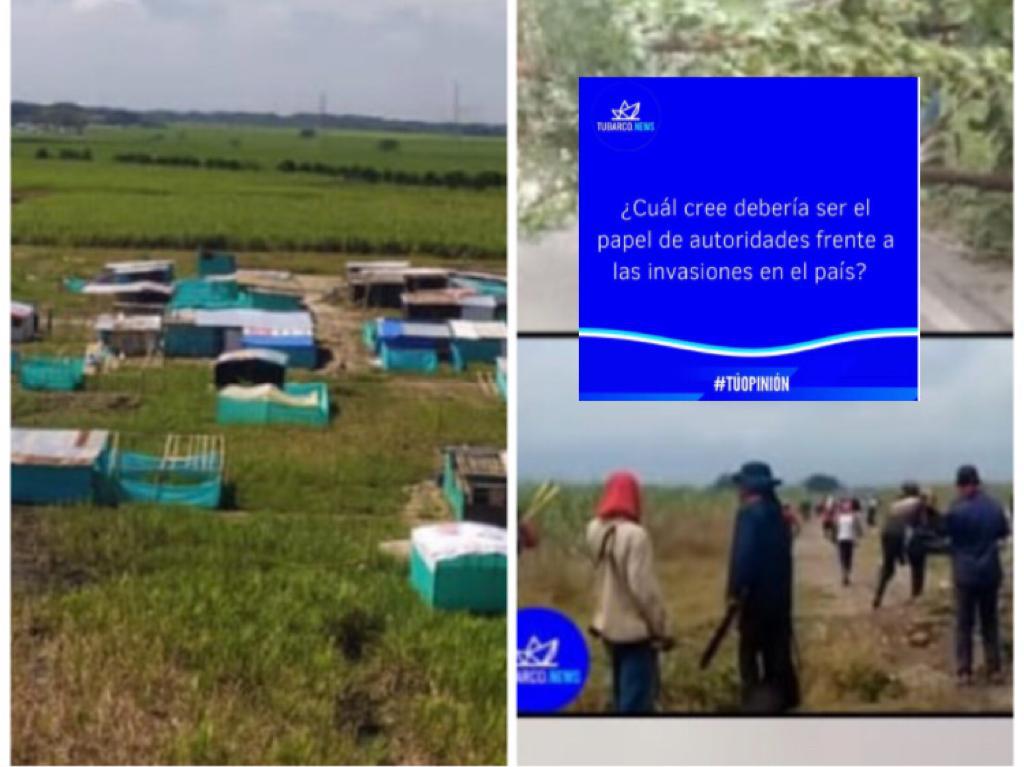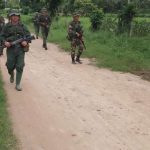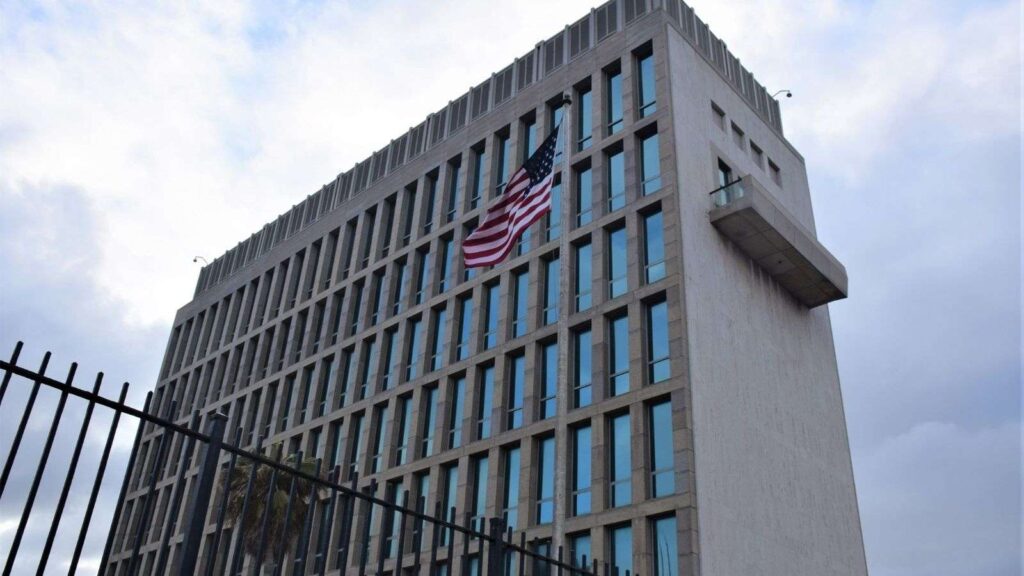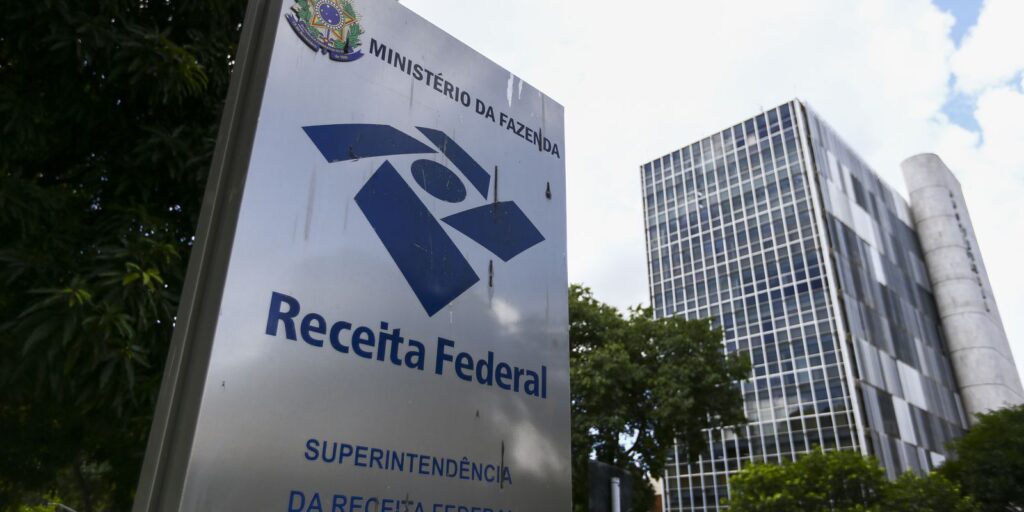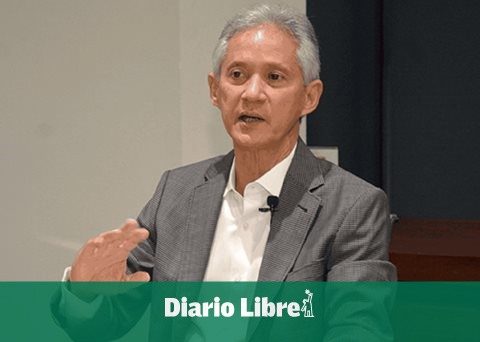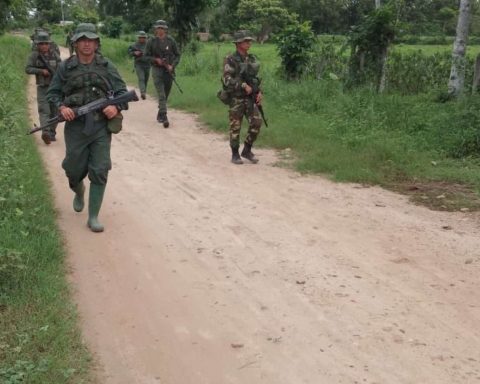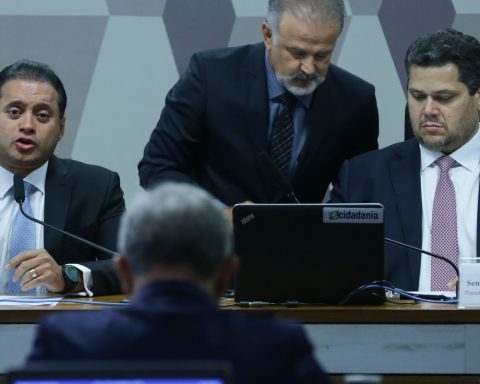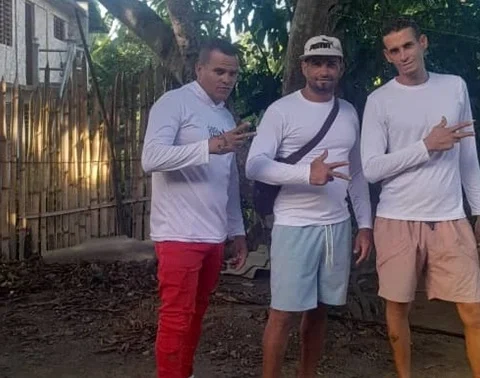Although in areas like Cauca the invasions are in hacienda lands and sugar mills because “it is the recovery of ancestral lands,” in cities like Cali they invade urban properties and build shacks to “ask for houses.”
Colombia News.
The invasions in Colombia have skyrocketed since the triumph of President Gustavo Petro, violent illegal seizures of land and property with which the government says it does not agree, and this week they ask those who have invaded to leave the areas they have taken over. Otherwise, these spaces will be recovered as established by law, with evictions.
“We do not accept violent invasions,” the Petro government has responded.
“Yes, there is going to be an Agrarian Reform to seek equity in access to land, but we ask Colombians to respect tenure and property,” said the Minister of Agriculture, Cecilia López.
López reiterated that the government will cede to the “most vulnerable Colombians” the properties seized from the corrupt and the drug trafficking mafia.
Other spokespersons such as Vice President Francia Márquez and Mauricio Lizcano have said that “the government does not accept invasions.”
In Colombia ‘the fight’ for land has been going on for decades.
According to the most recent data from Oxfam, the 1% of the largest farms own 81% of the land in Colombia.
Petro, has said that he will seek with the agrarian reform “to enhance food production.”
In Cauca the situation is more complex.
In the last month, ranchers and sugar sectors have faced invasions “almost daily,” according to reports to the newspaper El Tiempo. This year alone, more than 1,000 hectares have been occupied.
Although the most critical situation due to claims of “ancestral lands”, which according to the CRIC are not invasions but “recovery” of what belongs to them, is in Cauca.
Indigenous, Afro and peasant communities are in the middle of a conflict over land in the north of the department, one of the most complex points in the Japio sector, between Santander de Quilichao and Caloto, also in Corinto and there have been cases in Popayán, Morales.
It is not the only department, in others where there are lands in the hands of industrialists and ranchers, they also face this phenomenon.
And urban areas also live invasions, although in the cities, they seek “home”, although in many cases, they are driven by “invaders by trade”.
The ‘illegal takeovers’ in Cali
Last year there had been warnings of the invasions that were spreading, but especially, in hundreds of hectares and part of them privately unoccupied, without surveillance or any protection measure.
Part of these illegal activities are discovered when the problem has worsened.
Until this date of 2022, according to a report by El País, there are 280 invasion sectors and 3,000 new cambuches have been counted.

“It draws our attention that a form of invasion of the land or even construction that has been carried out is being deployed in the townships,” warned Aldemar Guevara, Undersecretary of Access to Justice in 2021.
First in Pance and now in Pizamos, eastern Cali, more than four times they have intervened in invasions in the Jarillón Río Cauca, and according to Jimmy Dranguet, Secretary (and) of Justice, there are criminal gangs promoting these illegal occupations.
“They take people, plot lots, burn flora, cane and sell those lots to families that don’t have homes”, this ends up being land theft, fraud and robbery of people.
Many families end up paying for lots that are illegal.
Who gets paid for those lots?
There are no official details of how the investigation is progressing, despite the fact that mafias are always pointed out after several invasions in the city, many of those who come to live in these ranches have said that they paid for the lot. To whom? There are still no captures of those who parcel out and sell these lots.
In many cases, families and people arrive who report being displaced, who have promised them homes and lots.
Not only in Cali, there have been invasions in other areas of Valle del Cauca.
The most recent event occurred in Dagua, with the taking over for two days of the Paz Animal shelter, which belongs to the SAE but is in loan mode.
“After the invasion of the Paz Animal shelter in Dagua, I note with concern that there are communities that misunderstand the president’s announcement to provide victims’ organizations with seized assets,” Governor Clara Luz Roldán wrote.
Petro said on August 7: “As of today, all the goods in extinction of the domain of the SAE will become the basis of a new productive economy administered by the peasant organizations.”
With that information, they came from Dagua to take over the property belonging to the animal organization.
The same government has clarified that the president did not give free rein to the invasions in the country, and they have asked that the claims be made through institutional means, while advancing in the agrarian reform.
